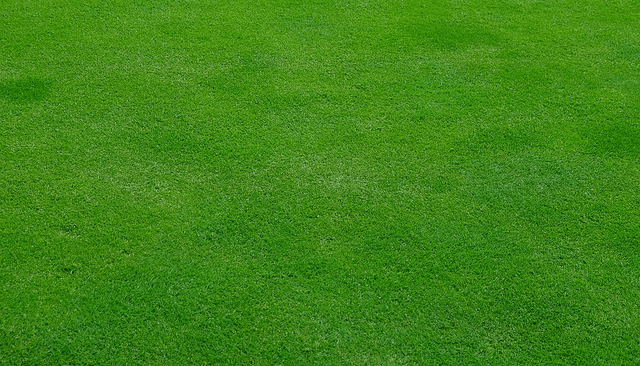Find The Best Lawn Care Maintenance Tips

A healthy lawn is a beautiful sight to behold: a lush, smooth beautiful green carpet that is perfect for playing croquet or relaxing on the grass with a picnic lunch. Are you wondering why your lawn doesn’t look like that? In this article, we will be providing you with some useful lawn care maintenance tips to help you achieve your dream lawn.
1. Preparing The Soil
Whenever you are planting a new lawn, planning and preparation are key. You will need to make sure you thoroughly prepare the area to get rid of weeds and make sure that the soil will not immediately compact into lumps or crust over. Testing your soil’s pH level is critical. You can get a do-it-yourself kit online or at a nursery or you may be able to get your soil tested for free by your state agricultural department.
Get rid of all of the weeds in the area. Then rototill the area to at least six inches deep in order to improve drainage and loosen compaction. It is very important to add compost and loam to enrich your soil. It is recommended by many experts that you mix equal parts of topsoil, sand, and loam. Then use a roller to pack the soil down and grade the area using a metal rake.
2. Seed Or Sod?
Rolling out sod is definitely the fastest way to achieve a beautiful lawn. However, sod can be expensive, particularly if you are trying to cover a big area. Your other option is to seed the area yourself.
3. Mowing
Proper mowing height is critical if you want to have a healthy and attractive lawn. Most homeowners mow their ways far too short. This stresses the grass out. Many lawn experts recommend that you raise your mower to the highest notch possible so that you only mow the top third of your grass. Better root development is promoted by taller grass. It also helps to shade the ground to help prevent it from drying out too fast. Taller grass also blocks out the sun that is needed by weed seeds to germinate.
4. Watering
A good rule of thumb is to water just once per week, but water deep. A weekly soaking will help the grassroots to extend into the soil deeper, whereas shallow waterings will often result in growing thatch. Chinch bugs can also be prevented by watering deeply. This pest has a tendency to attach to stressed, dried out lawns. To determine how much water your lawn is to need, make sure to consider your soil type. Clay soil holds in moisture longer, while sandy soil dries out faster.
If you have a newly seeded lawn, then you should water it daily for only 5 to 10 minutes. Your goal is to just get the seeds damp without causing a runoff that may wash the seeds away or leave gullies. Once the seeds have sprouted and your new grass is half an inch tall, water it every day for 15-20 minutes.
5. Fertilize
You should fertilize your lawn at least twice per year, once in the spring and once in the fall. Some experts recommend to providing a feeding during the middle of summer as well. Many of the popular fertilizers you find at gardening centers do not provide your grass with everything it needs. You should use a complete fertilizer that contains iron, copper, and sulfur in it. Some experts also recommend that you apply dolomitic lime every couple of years. This is due to the fact that fertilizing and watering may cause your soil to grow acidic over time. Lime helps to restore the pH and give the soil important minerals such as magnesium and calcium. However, naturally alkaline soils might not have this problem. That is why it is important to test your soil’s pH level.
6. Weeding
Weeds are the bane of every homeowner’s existence. However, that doesn’t mean you want to use herbicides on your lawn. Many experts encourage you to avoid using. The real secret to getting rid of weeds is to grow grass that is so healthy that the invaders are naturally choked out. Mowing on a regular basis also helps since weeds such as crabgrass and dandelions are topped off before their seeds are scattered. There are also natural herbicides you can use that are nonchemical and get their potency from fatty acids, corn gluten, and other sources.
7. Air Supply
If your grass is too compacted, it doesn’t allow nutrients to penetrate into the root system of your lawn. You can improve oxygen circulation by aerating your lawn. This involves poking holes into the grass. There are both manual tools and machines that you can use to do this.
8. Types of Grass
There are hundreds of different types of grass that are available, and every year new varieties are introduced. Climate plays a major role in deciding which kind of grass will work the best for your yard, in addition to rainfall, soil type, and other factors. In general, cool-season grasses will go dormant in warm weather, while warm-season grasses will go dormant in the winter.
Some popular warm-season grasses include St. Augustine, Bermuda and Zoysia grass. Some of the most popular cool-season grasses include ryegrass, fescue, and bluegrass.
Use these lawn care maintenance tips to achieve the lawn of your dreams!
To increase the quality of your lawn, learn about the Lawn Fertilization.
